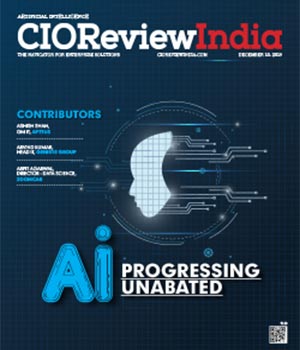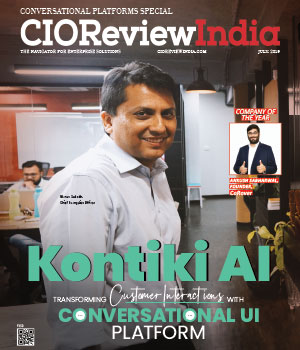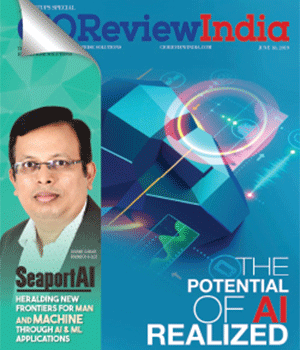
Unleashing the Full Potential of AI: Moving Beyond Admiration and Apprehension
Neelesh Kriplani, Chief Technology Officer, Clover Infotech | Wednesday, 28 June 2023, 12:48 IST

Neelesh Kriplani, Chief Technology Officer, Clover Infotech is an expert in banking implementations, strategy planning and management, IT services delivery, people management, and IT operations management with over 17 years of experience. Neelesh worked in the banking, financial services, and insurance industries for 9 years. He is capable of building top-performance teams by amalgamating people, processes, and technology.
Advances in Artificial Intelligence (AI) are always received enthusiastically with an underlying feeling of fear. From the early days of basic AI systems to machine learning, and now the latest entrant ‘Generative AI’, each development has been met with a mixed feelings of wonderment and worry. We want to embrace AI to its full potential, yet we are worried about what it could really mean for us and society.
Twenty years ago, IBM’s Deep Blue computer stunned the world by becoming the first machine to beat a reigning world chess champion in a six-game match. Since then, there have been many advancements in the field such as the following:
AlphaGo – It is an AI program developed by DeepMind (a subsidiary of Google) that defeated the world champion Go player, Lee Sedol, in 2016. This milestone demonstrated the ability of AI to excel in complex board games, where intuition and strategic thinking are crucial.
Watson – IBM’s AI system ‘Watson’ gained prominence by winning the quiz show ‘Jeopardy’ in 2011. It demonstrated advanced natural language processing and knowledge representation capabilities.
Tesla Autopilot – This is an advanced driver-assistance system (ADAS) by Tesla that utilizes AI and machine learning algorithms to enable autonomous driving features. It uses a combination of sensors, cameras, and neural networks to interpret and respond to the environment in real-time.
DeepMind's AlphaFold – In 2020, AlphaFold made significant progress in predicting protein structures, which is a crucial task in understanding biological processes and developing new drugs.
All these advances have initiated a rather interesting conversation about machines replacing humans at the workforce. However, this fear is unfounded, as machines do not substitute for human creativity, but rather serve as a tool to augment it.
Advanced technologies such as AI can inspire innovative ideas. However, it cannot substitute for human imagination. It can assist us to write better, capture our imagination well through art and written words. The key is to focus on AI’s concrete abilities, rather than fixating on its weaknesses or fear that it may take over our lives. There are several generative AI tools that are proving to be valuable for professionals across various fields.
Some of the examples include:
Text Generation - Generative Pre-trained Transformer 3 (GPT-3) and similar models can generate human-like text, which has applications in content creation, drafting emails, writing code, generating reports, and more. These tools can assist professionals in generating high-quality written content quickly.
Design and Creativity - AI-powered tools like DeepArt, Runway ML, and Adobe Sensei provide creative professionals with the ability to generate unique designs, artwork, and visual effects. These tools can aid in the ideation and creation of visual content, offering new possibilities and saving time.
Music Composition - AI models like OpenAI's MuseNet and Jukedeck can generate original compositions in various genres and styles. These tools can be helpful for musicians, composers, and content creators looking for royalty-free background music or inspiration for their projects.
Image and Video Generation - Tools like Deepfake technology and Generative Adversarial Networks (GANs) can generate realistic images, manipulate existing images, and even create deepfake videos. These tools have applications in entertainment, virtual reality, and marketing, among others.
Data Analysis and Prediction - Generative AI models can be trained to analyze and understand complex datasets, helping professionals in fields such as finance, healthcare, and marketing. These models can assist with tasks like predictive analytics, anomaly detection, and pattern recognition.
I believe, if we approach AI with a sincere desire to explore, learn and create, then we will be able to experience and appreciate its contribution to making our lives easier. If applied well, AI has the potential to solve real-world problems. For instance, with preventive diagnosis, prediction farming, and virtual learning, AI is not only enhancing the quality of our lives but also enabling humanity to thrive.
CIO Viewpoint
Harnessing the Power of AI and ML for Business...
By Vinod Subramanyam, Managing Director, Brillio
The Key to Achieving Real-time AI: Optimizing...
By Mukundha Madhavan, APAC Tech lead, Datastax
Smart Payment Solutions: The Role of AI and IoT...
By Manoj Varma, Head - Payments, Lyra Network, India
CXO Insights
Leveraging AI for Insurance Penetration in...
By Shwetabh Walter, Chief Product Technology Officer, PB Partners
Impact of Generative AI on Ceramics Manufacturing
By Manish Chandegara, CIO, Simpolo Ceramics
Understanding the Impact of Gen AI on the BFSI...


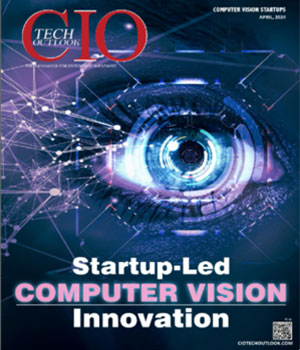

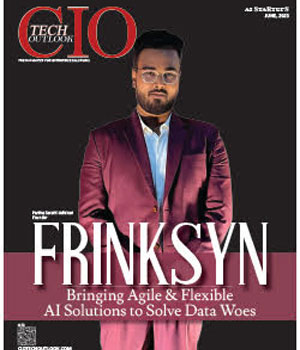
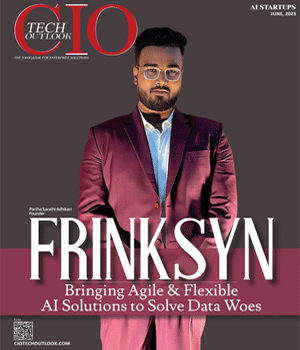
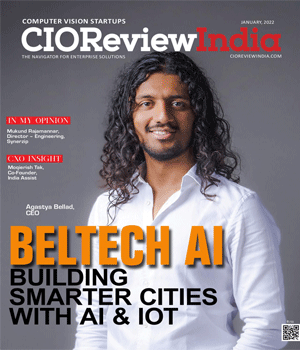
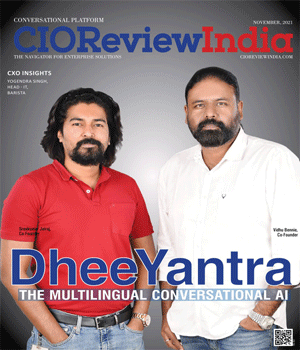
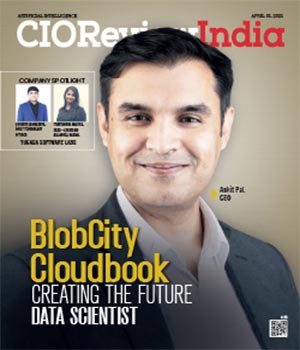

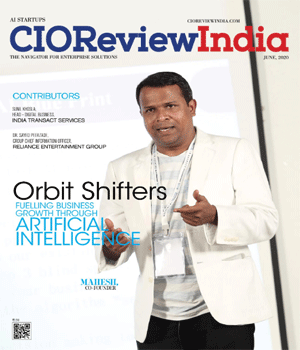
.jpg)
.jpg)
.jpg)
